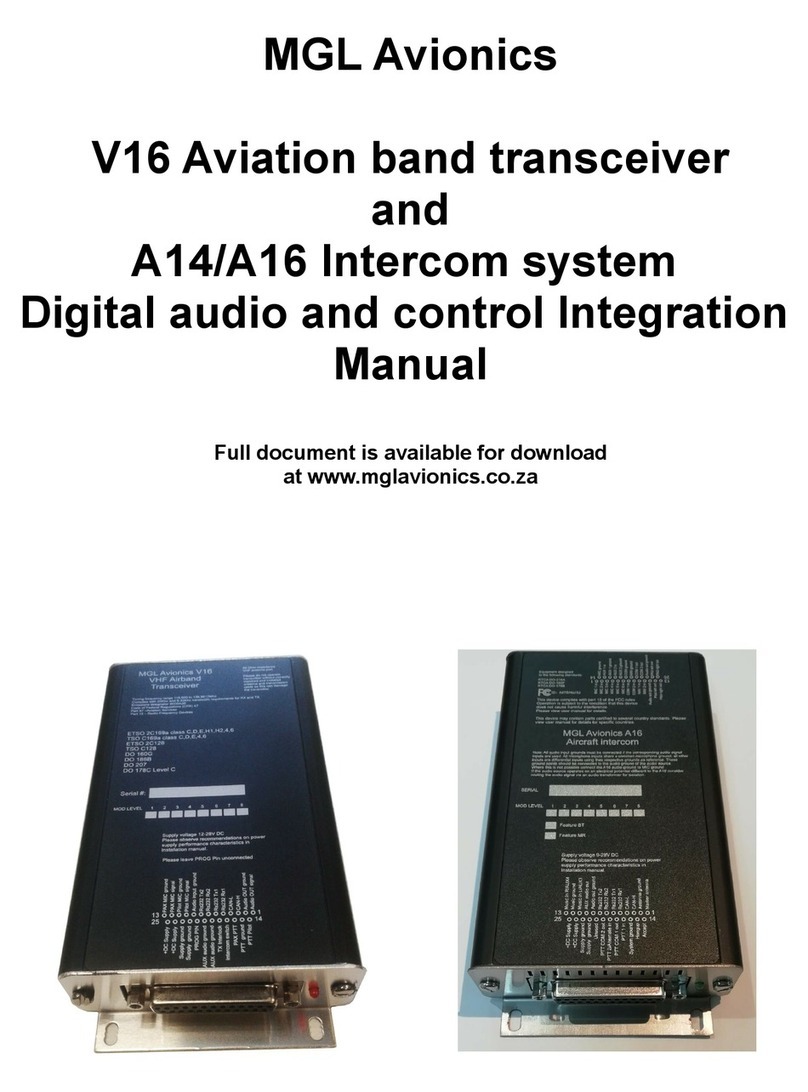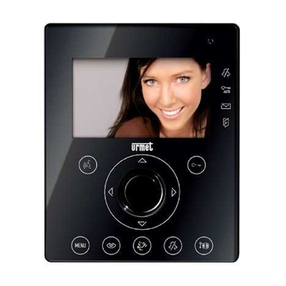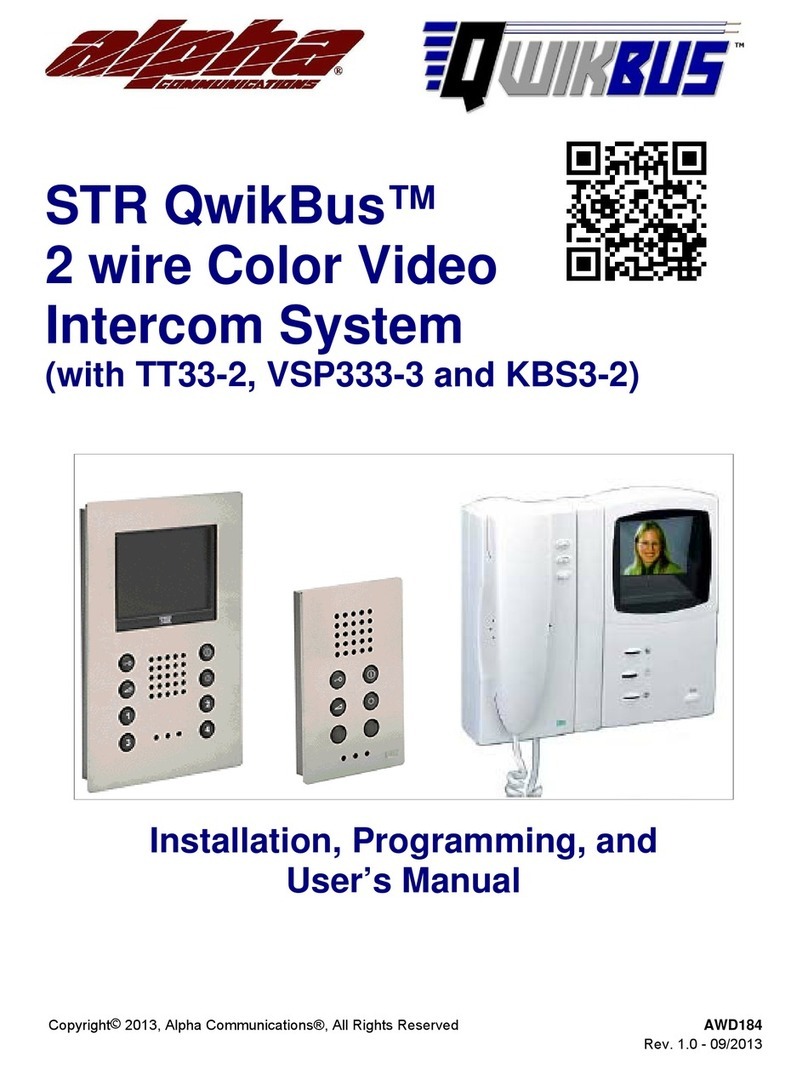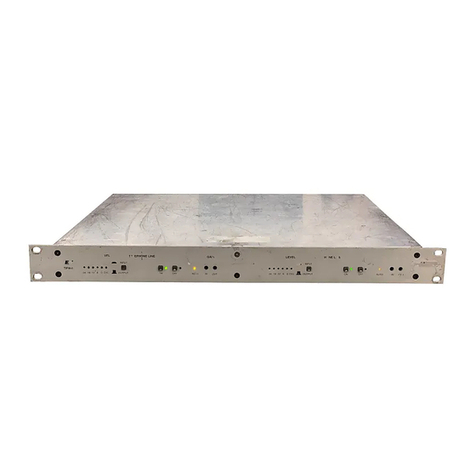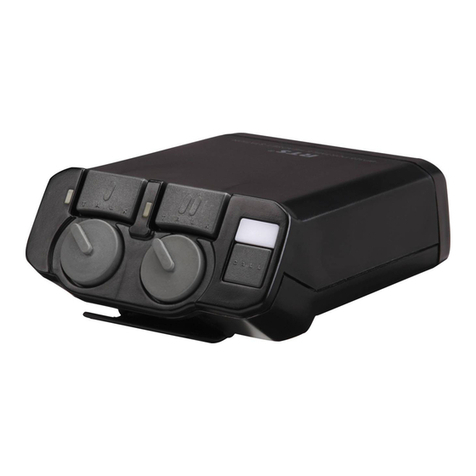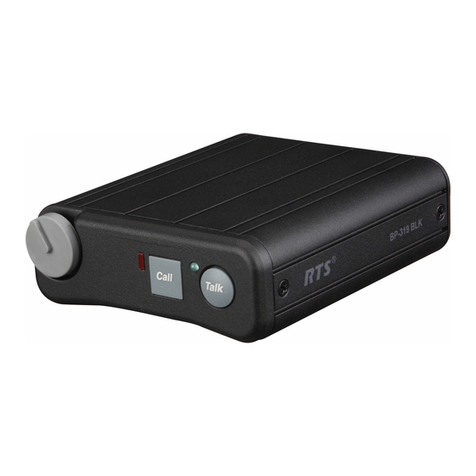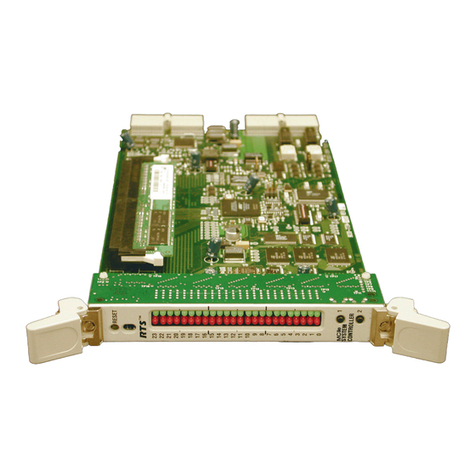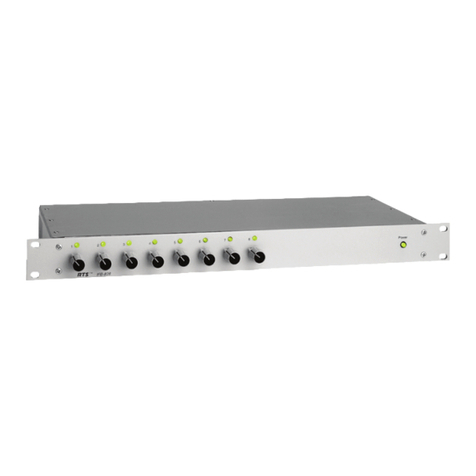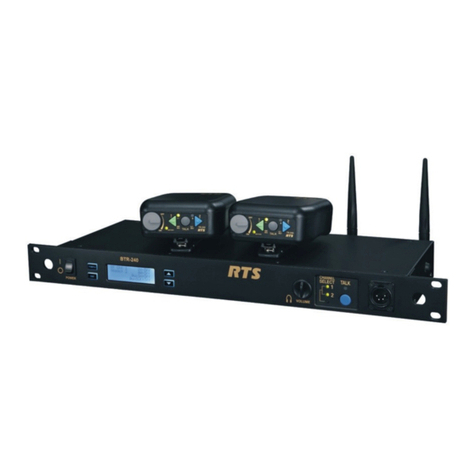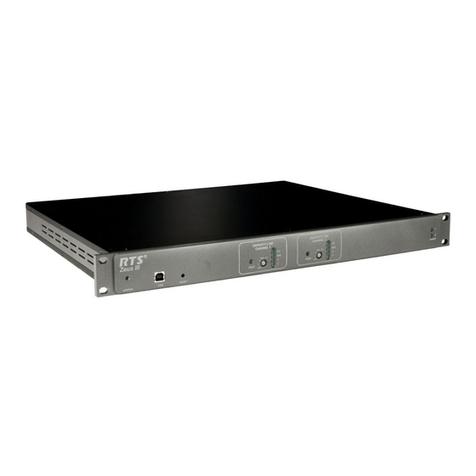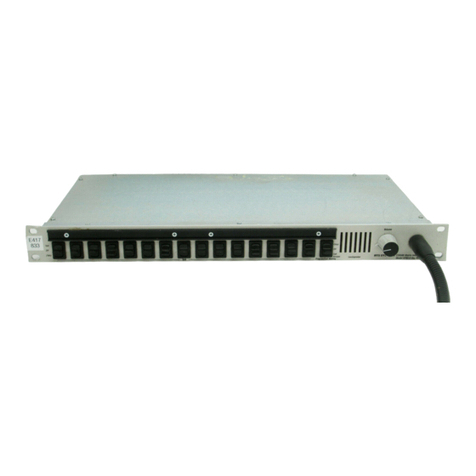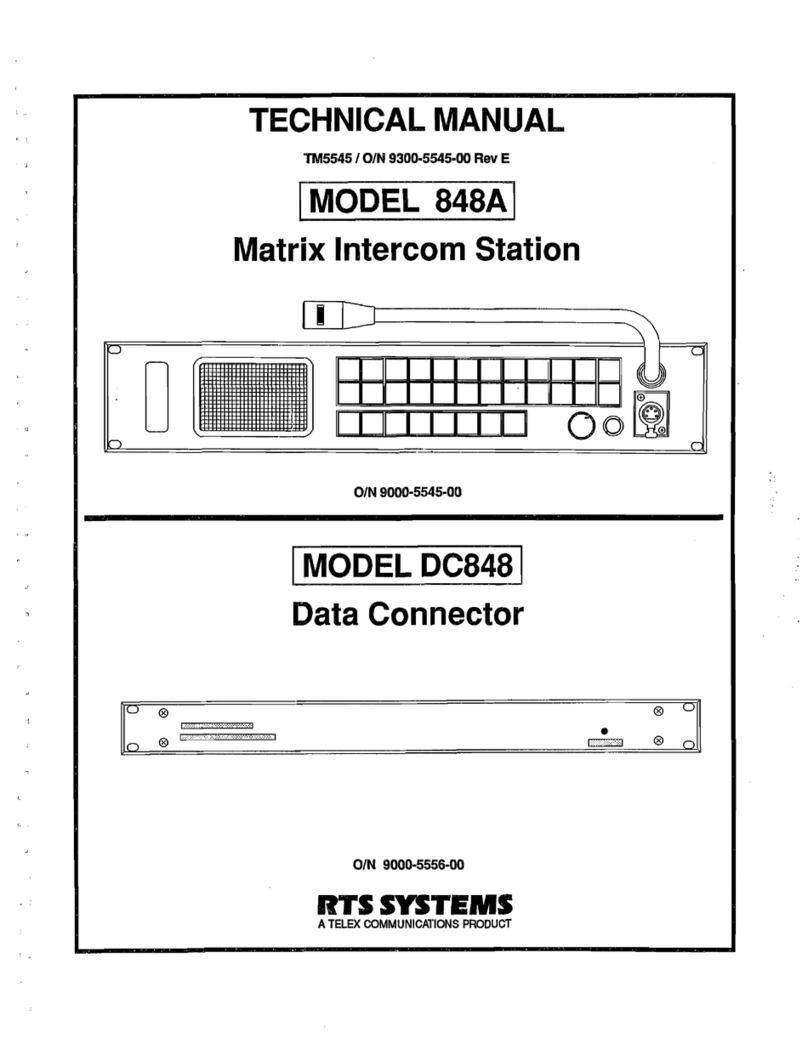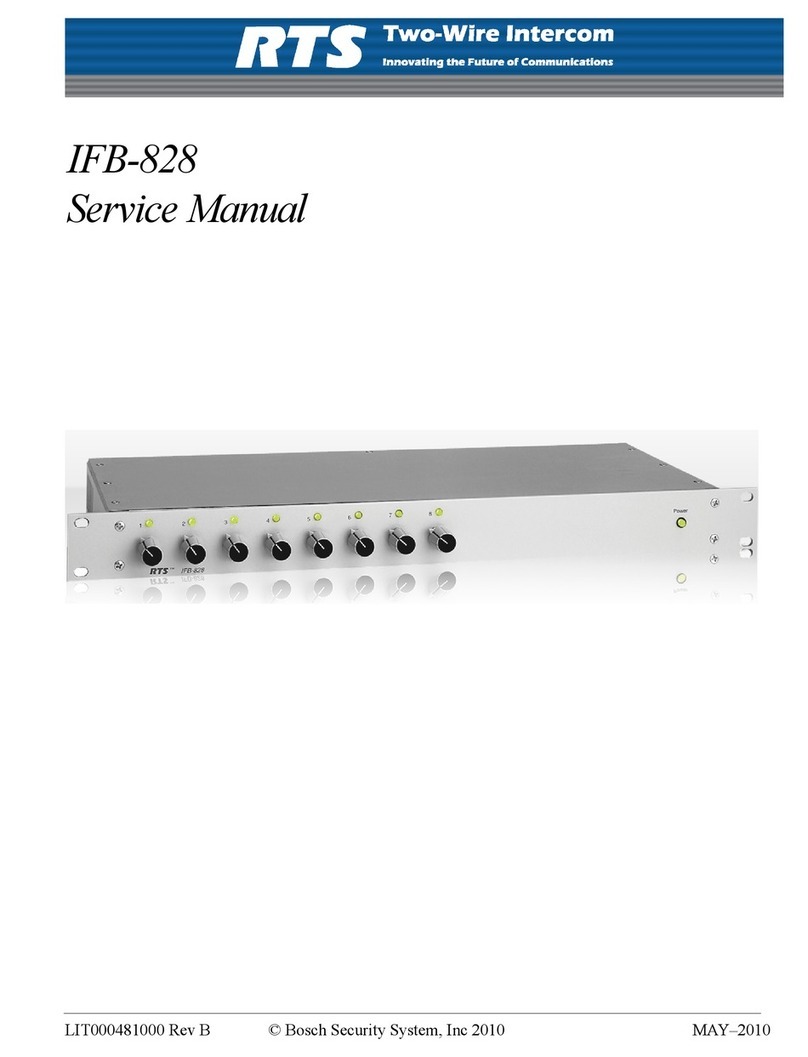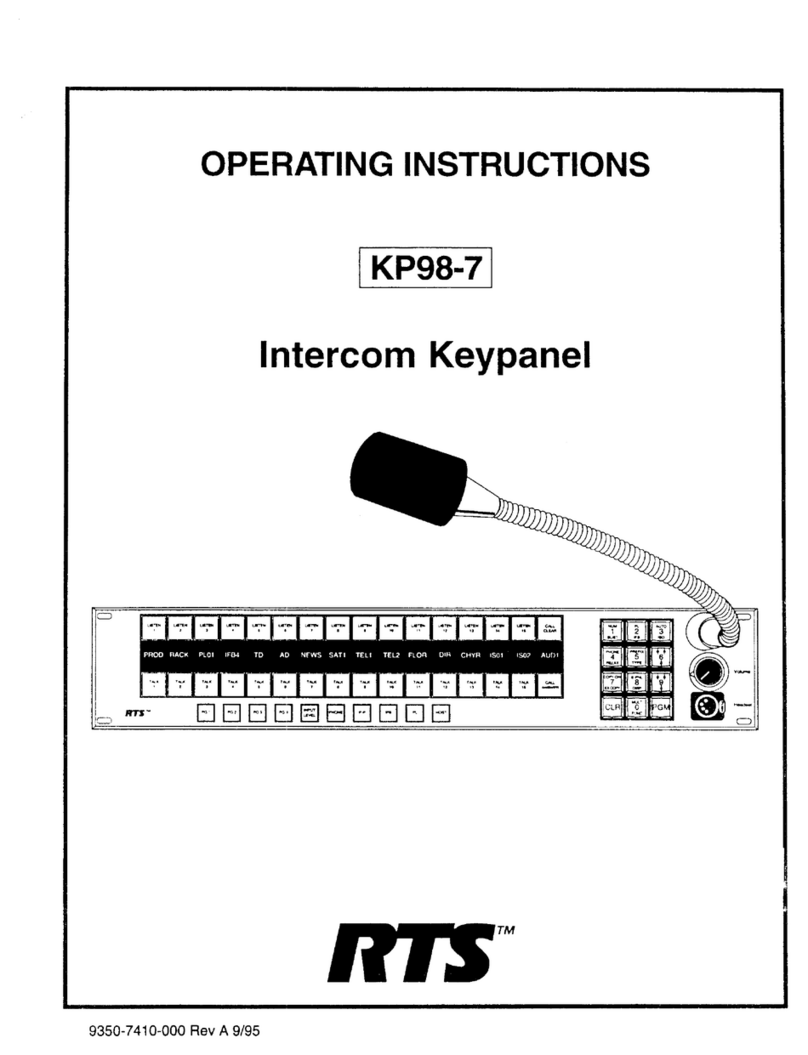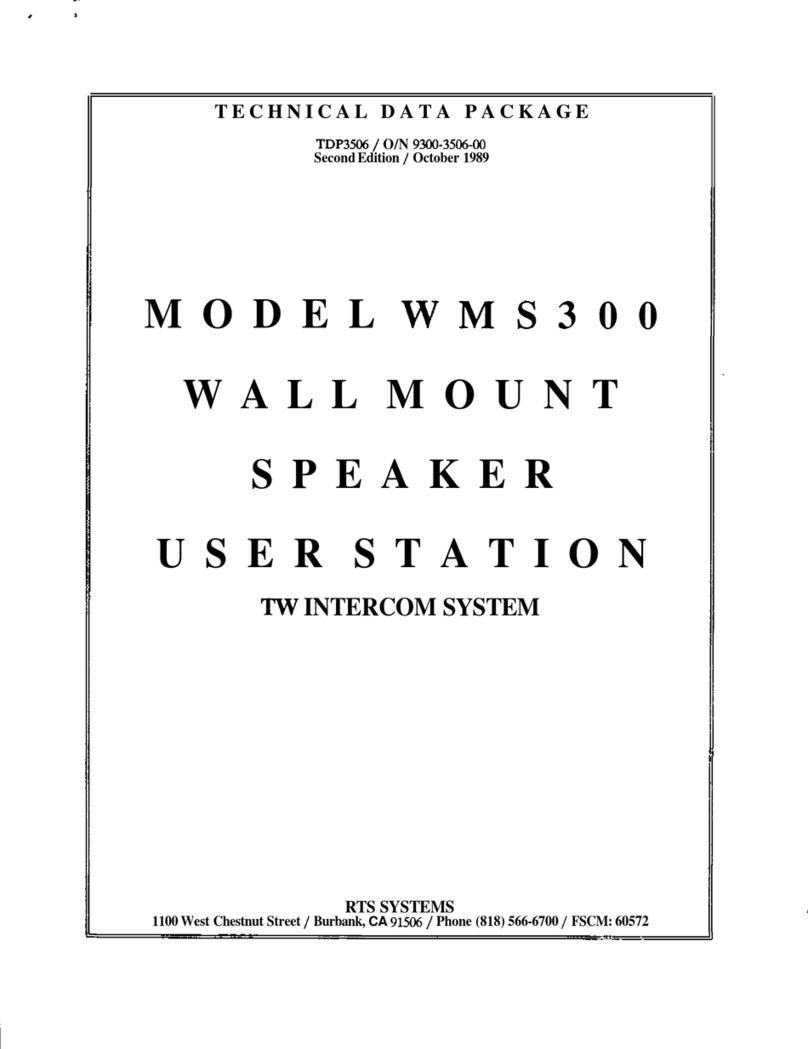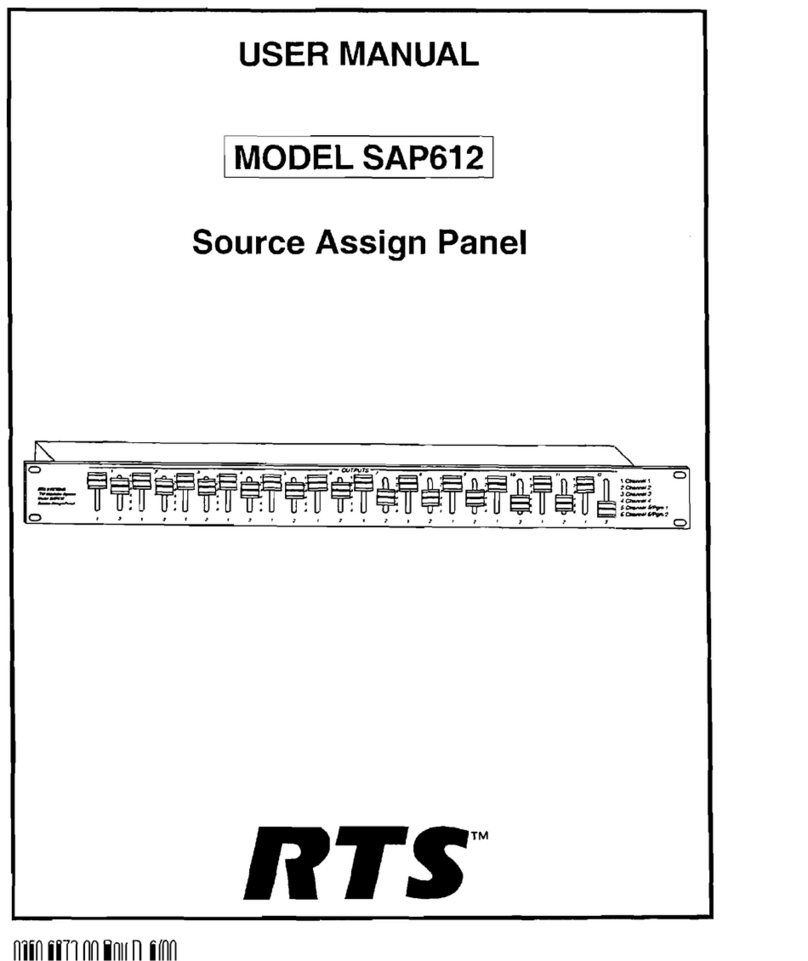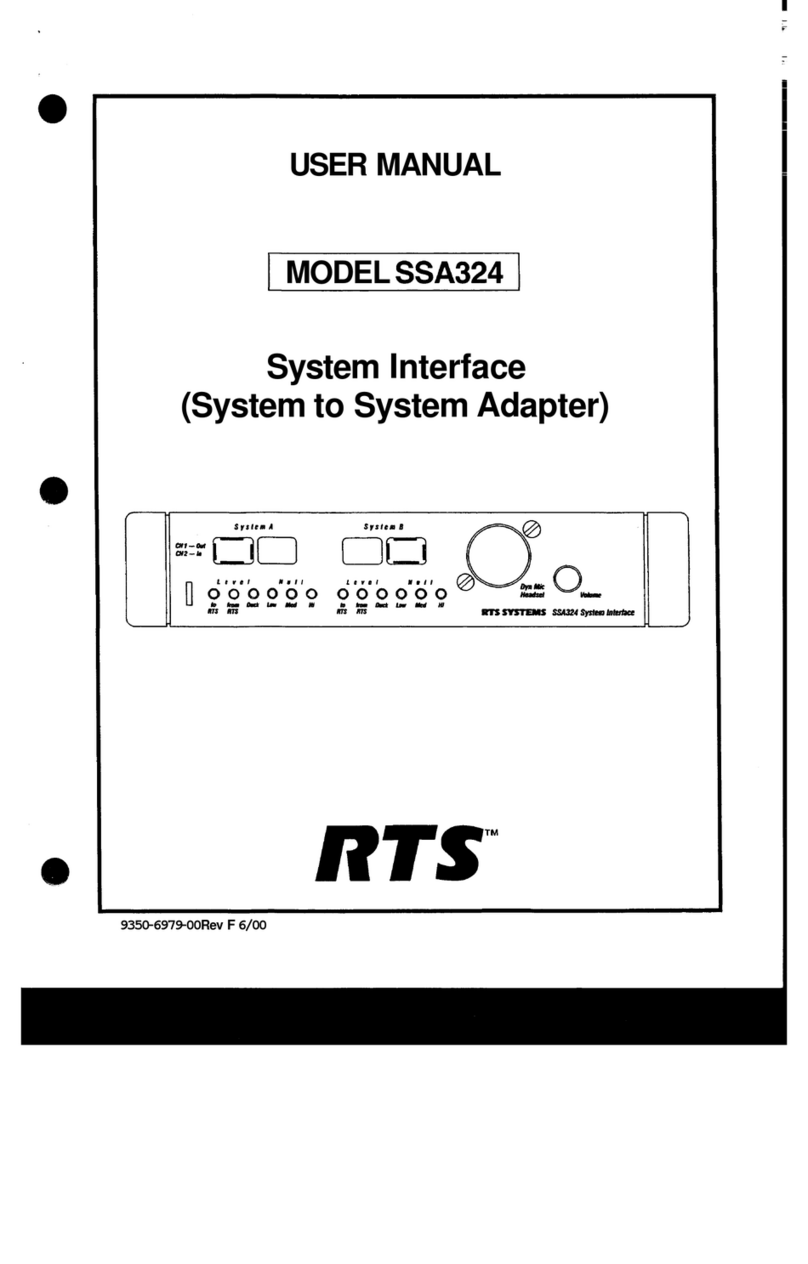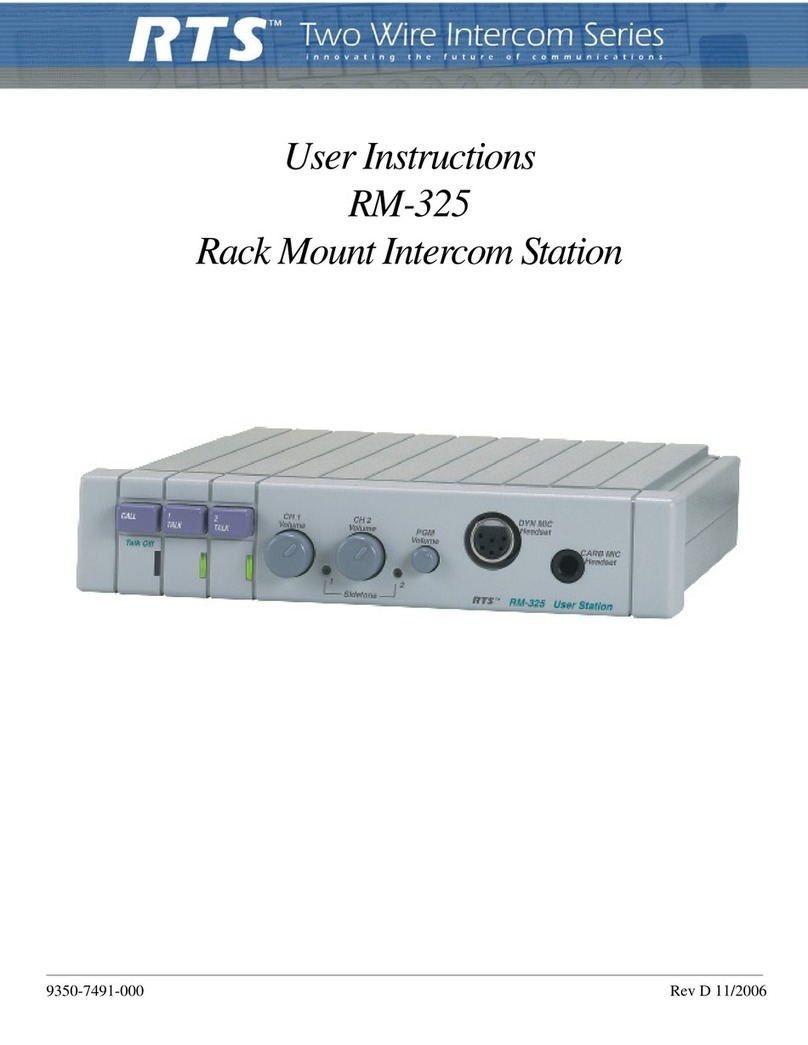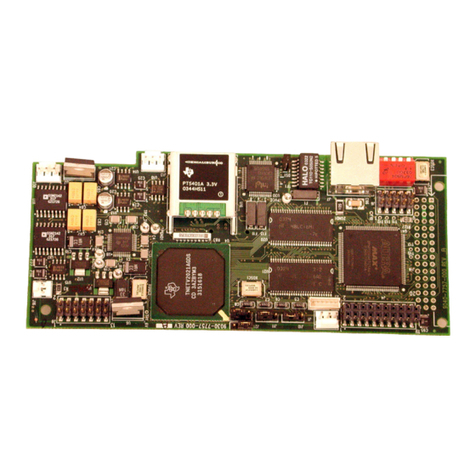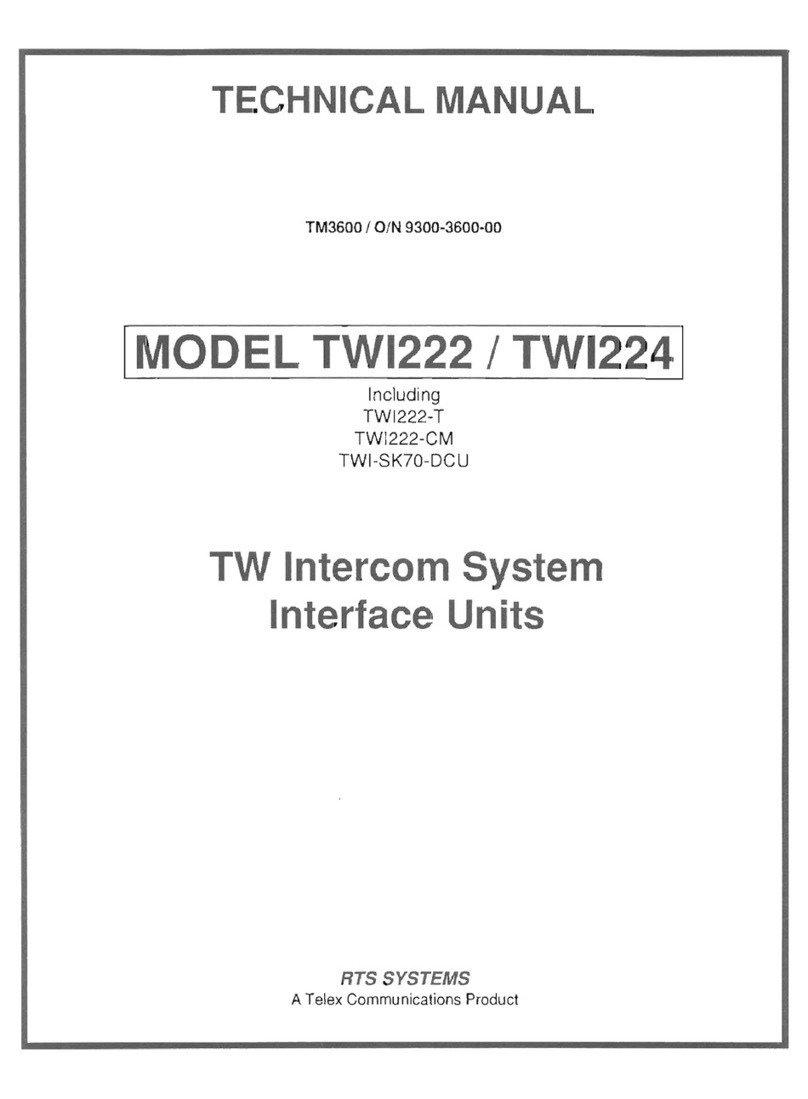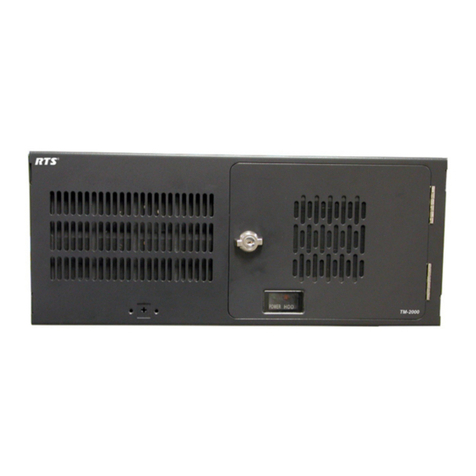
Undexstandingspeechin
a
noisyenvironment
requires
that
the
wanted soundfrom
the
hexbhones
is
as
loud
or
louder
than
theunwanted
sound
leaking
intothe headphones
limn
the
noisy environment.
I,mdw%
In
generaltheloudnessof
a
headphone
depends
upon its ab'ity to
abxab
pwer
at
a given wltage
(m-
peaanCe) and
the
efficiencyof its design. Practically,
the
impedance
has
a
largereffectwith presentday headsets.
Imoedance.
Low
impedanceheadphones
are
louder,
caw-
ingtheBP317todraw
morecun'entfmnthepo~ers~1~.
Hirgh
impdance
headphones
an
not
as
lm&drawingiem
nmentfrom
the
powersupply. The BP317
Mgn
range
of
impedancesfwtheheadphonepratoftheheadsetis25ohms
to
600
ohms. Headphomsup to2000ohms
will
functionbut
at
reducedlevels.
In
adoublemuffheadsetsuch
as
the
Beyer
DT109soldbyRTS Systems,there
are
50ohmheadphones
connectedin parallelresulting in an impedanceof25ohms.
Efficiencv.
TheBP317 produces the loudestsoundin low
impedance headphones such
as
the DT109.
In
this
head-
phone, one milliwatt of electricalpower produces
94
dB
SPL
(Sound
Pressure
Level).
The
BF'3
17
can
produce
an
SPLof
Ill
dB in each
ear
of
a
DT109
w
DT108 headwi Low im-
=&
as
theDTlO8 and DTlW headsets,
cause the BP317 to require mwe powex
fmn
the power
supply. With DT109 headsets, BF'317
peak
current is 75
milhamperes. With
600
headphones.BP317
peak
currentis
30 milliamperes. (Quiescent BP317 current
is
20 mil-
Ilamperes.
The ability of headphones to shut out unwanted environ-
mentalnoise
varies
from
none(0
dB
isoktian)
to
aboutnth
as
loud (30
dB
isolation).
The
dep
of isolation
depends
both on thedesignof
the
headset
and
thefrequencycontent
of
the
environmentalnoise. Lightweight, "open" headsets
such
as
theRTS SystemsLW67 (singlemu@ andI33268
(doublemuff), havealmostno (0 dB) isolation.
The
bade-
off isthat
the
LH267/LH268
are
very comfortableand
can
be
worn for long
periods
(8
to
12hours) without physical
discomfort from the earmuffs or headband. The
LH267bH268
are
low
impedance
and
can
be
turned up
loud.
Because there
is
no isolation,
we
must
be
Iaken
that
the
sound signals
from
theLH267bH268
are
not unintention-
ally leaked intomicmphones.
TheDTlBDT109hudsetshaveanisolationrangingfrom
10
dB
tom
dB.
At leastfourcompanies: Telex, Setcom, David
Clark,
and
Carts
Engineering
sell
headsets intended for heavy in-
dushial,
aerospace,
and
military markets.
These
headsets
can-provide
mustic isolation
figures
of
2OdB
to 40dB.
Generally speaking, these headsets
are
heavier and less
comfntable to
wear.
In
high noiseenvimmnents,theheadsetmicrophoneshould
be
a noisecancelling
type.
-In
general, thecomfortof headsetsdepends upon
theirweight,padding and design.
2.4.
Cabling
Requirements
2.4.1
Wire
Size
Itmay
be
necessary
to
overcomepowerlossesbyincreasing
conductor
size
over long nms (more
than
one kilometer).
Normal
conductor
size
is
#22
AWG (16ohm/lOOO ft.).
The
maximum
allowable loop resistance is
deVrmi
by the
powex supplyvoltage,
the
loopcurrentand the
user
station
minimum
operatingvoltage. The
maximum
loopresistance
equals
the
difference
of
the
power supply voltage and the
minimum
operatingvoltagedivided by the maximum loop
current(pwerrequhd by the
user
station(s)).
Example: A BF'317 headset station (with 25 ohm head-
phones)
uses
35milliarnpres
at
10
dB
below clipping.
The
power supply voltage
is
26
volts
DC
and the
user
station
minimum
operating voltage is 18 volts
DC
(for bridging
impedance).
Then
the
maximum allowableloop resistance
=
(26-18) volW.035 amperes
=
228
ohms.
'Ibis
cmespnds
to
an operating distanceof 2192 meters
(7.125 feet) fora
#22
AWG wire
pair
using a single
user
stationwith25ohmheadphones. Dataforthesecalculations
can
be
foundin
the
specificationsin section 1and in stand-
ard
electrical
wire
tables.
2.42
Grounding
Systemcircuitground should not
be
directly connected to
"tarth"
w
"chassis"ground(wheredirectlymeansaconneo
tion an ohmmeter would show). Each user station is
bypased
toitsown chassisvia a 0.1 microfarad capacitor,
establishingaradio frequency
CRF)
ground
to
reduce
radio
frequencyinterferencefromradiotransmitters.
Page 7
